Traditional Foods for Christmas Eve

A Time for Family
In Poland, Christmas Eve isn't just a date on the calendar - it's a living tapestry of intergenerational connection. Relatives converge from distant cities and rural villages alike, braving winter roads to uphold a sacred family ritual. The air hums with whispered childhood stories and the rustle of holiday preparations as grandparents, parents, and children collaborate in the kitchen. This isn't merely a meal; it's a living museum of family history where every gesture carries generations of meaning.
As daylight fades, a palpable shift occurs - smartphones disappear, work stories wait, and the household transforms into a sanctuary of presence. The Wigilia supper becomes a meditation on continuity, with elders guiding younger hands in time-honored preparations while sharing tales of Christmases past. This intimate choreography of peeling, stirring, and setting the table weaves invisible threads between past and future.
The Festive Feast of Wigilia
The Wigilia table resembles a symbolic map of Polish cultural identity. Each porcelain plate and crystal glass holds layers of meaning beyond its practical function. The white tablecloth whispers of purity, the hay beneath evokes Christ's manger, and the empty seat remains for unexpected guests - a nod to Polish hospitality's deep roots.
From the shimmering scales of whole carp to the delicate pleats of handmade pierogi, this edible mosaic tells Poland's story through flavor. The first bite of mushroom soup carries the earthy essence of ancestral forests, while the poppy seed roll's sweetness hints at medieval monastic traditions. This meal operates on multiple sensory levels - a culinary semaphore where every ingredient transmits cultural codes.
Traditional Polish Christmas Dishes
The Wigilia menu functions as an edible archive. Carp swims in Polish Christmas lore not just as food but as a character in holiday narratives - many families keep the fish bathtub-bound for days, turning its care into a whimsical family ritual. Pierogi dough becomes a canvas for regional identity, with fillings varying by family tradition and local agriculture. The humble beet in barszcz connects to both peasant roots and royal banquets, its vibrant color mirroring the warmth of the season.
Lesser-known dishes like kutia reveal Poland's multicultural past. This sweet grain pudding with honey and nuts bears traces of Byzantine influence, while the compote of dried fruits speaks to ingenious winter preservation techniques. Each recipe is a palimpsest where culinary history overwrites itself through generations, yet retains its essential character.
The Significance of Symbolic Foods
Polish Christmas cuisine operates as a edible oracle. The carp's scales tucked into wallets promise prosperity, while the number of pierogi consumed supposedly forecasts months of abundance. These aren't mere superstitions but tactile ways to engage children with cultural heritage. The sharing of oplatek (Christmas wafer) creates a physical network of forgiveness and goodwill as each family member breaks off a piece - a ritual so potent that Polish diaspora communities worldwide mail these wafers across continents.
This culinary symbolism extends beyond the Christian tradition, incorporating pre-Christian winter solstice elements. Poppy seeds inducing drowsiness connect to folk beliefs about communicating with ancestors in dreams, while honey's prominence nods to ancient Slavic sun worship. The meal becomes a time capsule where different historical layers peacefully coexist.
Christmas Eve Customs and Traditions
The Wigilia evening unfolds with the precision of liturgical drama. The appearance of the first star triggers a cascade of rituals - from the sharing of oplatek to the reading of Biblical passages. These aren't passive observances but participatory theater where each family member plays a role. Children often take center stage, reciting poems or helping distribute presents, their excitement carefully channeled into the ceremony's rhythm.
Post-meal traditions reveal Poland's folkloric imagination. Pouring molten wax through a keyhole to divine shadows, or listening for animal speech at midnight, these playful customs soften the evening's solemnity. They create a liminal space where the mystical and mundane coexist, allowing rational adults to momentarily re-enter childhood's magical thinking.
Christmas Day Celebrations
December 25th brings a different energy - the formal structure gives way to relaxed conviviality. Leftovers transform into creative next-day meals, with cold pierogi fried in butter becoming a coveted breakfast. The gift-giving shifts focus from material presents to the gift of presence, as families embark on winter walks or gather around pianos for kolędy (carols).
This day also showcases Poland's talent for festive leisure - from elaborate board game tournaments to multi-generational choir practices. The true magic lies in these unstructured moments where family bonds strengthen through shared laughter and spontaneous song, creating new memories to fuel future Christmases.
Time management during the holidays requires recognizing that not all tasks hold equal weight. Identifying which preparations genuinely enhance family connection versus those done from obligation can transform holiday stress into meaningful engagement. The Polish Wigilia demonstrates how prioritizing ritual over perfection creates space for authentic togetherness - the cooked carp matters less than the collective memory of preparing it.
A Glimpse into Spanish Christmas Eve Traditions
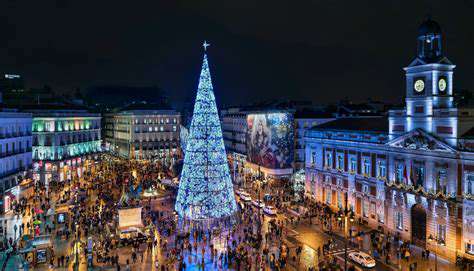
A Unique Festive Atmosphere
Spain's Christmas traditions explode with sensory contrasts - the solemnity of midnight Mass collides with the raucous joy of street celebrations. This duality reflects the country's complex history, where Christian devotion dances with pagan vitality. The season officially begins with the lottery's sung numbers, a national ritual where entire villages pool tickets and collectively hold their breath.
This fusion creates an electricity unlike anywhere else - one moment you're contemplating medieval sculptures of weeping Virgins, the next you're swept into a plaza full of laughing families eating churros. The Spanish genius lies in maintaining both intensities simultaneously, allowing spiritual reflection and earthly enjoyment to enhance rather than contradict each other.
The Importance of Family Gatherings
Spanish Christmas reunions resemble joyful sieges - homes swell with tíos, primos, and abuelos from every branch of the family tree. These aren't quiet affairs but vibrant ecosystems where multiple conversations overlap, children weave between legs, and the television blares lottery results unnoticed. The chaos follows its own precise choreography, with each generation playing assigned roles in the holiday production.
These gatherings function as annual family summits where inheritances are discussed between turrón slices and teenagers endure cheek-pinching from great-aunts they vaguely recognize. The real gift exchanged isn't wrapped in paper but in this reaffirmation of belonging - a tangible reminder that one's identity extends beyond the individual to encompass this boisterous collective.
Elaborate Nativity Scenes
Spanish belenes (nativity scenes) approach cinematic scale, with entire rooms dedicated to miniature landscapes. Artisans compete to create the most elaborate dioramas featuring not just the Holy Family but entire Andalusian villages complete with working water mills. Some families incorporate heirloom figurines centuries old alongside modern additions - a shepherd might wear 18th-century garb while a nearby farmer checks a smartphone.
The true marvel lies in how these scenes become living narratives - children add new characters daily, creating subplots about the baker's donkey or the mischievous shepherd boy. This interactive storytelling transforms theology into tangible play, allowing the Christmas story to unfold anew each year through children's imaginations.
The Culinary Delights of Christmas
Spanish Christmas feasts showcase the country's regional diversity on a single table. Galician seafood luxuriates beside Castilian roasts, while Moorish-inspired sweets whisper of medieval Al-Andalus. The marzipan fruits of Toledo display conventual artistry, their painted details rivaling miniature portraits. Each bite carries geographical and historical significance - the paprika in chorizo recalls Columbus's voyages, while turrón's honey and almonds speak of ancient Roman recipes.
This edible atlas achieves what politics rarely could - unifying Spain's distinct identities through shared pleasure. The meal becomes a delicious diplomacy where Catalonian canelons and Basque txistorra coexist peacefully, their differences celebrated rather than contested.
The Spirit of Giving
Spanish Christmas generosity follows its own rhythm. While gift exchanges occur, the true giving manifests in time and attention - the uncle who spends hours teaching nieces to make polvorones, the neighbors who deliver homemade roscón to elderly residents. This economy of care operates year-round but intensifies in December, creating networks of mutual support that transcend commercial gift-giving.
The most precious gifts are often intangible - the patience to listen to an elder's repetitive story, the willingness to include lonely neighbors, the collective memory-making that outlasts any material present. These practices embed the Christmas spirit into community infrastructure, making kindness a habit rather than an event.
The Role of Music and Dance
Christmas transforms Spain into a national theater. Flamenco-inspired villancicos (carols) erupt spontaneously in tapas bars, their rhythms adapting ancient pastoral tunes. In pueblos, the zambomba drum's deep thump pulls neighbors into moonlit plazas for impromptu dancing. These musical moments dissolve social barriers - bankers clap alongside cleaners, all equally awkward in their attempts at sevillanas steps.
This participatory celebration contrasts with passive holiday entertainment elsewhere. In Spain, you don't watch the performance - you become the performance, your off-key singing and clumsy footwork contributing to the collective joy. The result is a democracy of merriment where talent matters less than enthusiasm.
The Enchanting Christmas Markets
Spanish mercadillos navideños offer more than shopping - they're sensory universities. At Barcelona's Fira de Santa Llúcia, children learn to distinguish thirty olive varieties by scent. Madrid's Plaza Mayor market becomes a masterclass in traditional crafts, with demonstrations of glass-blowing and marquetry. These markets prioritize experience over consumption - you might leave without purchases but enriched with new understanding.
The true magic lies in their temporal nature - like medieval fairs, these markets exist outside ordinary time, offering a brief window where craftsmanship trumps convenience and human connection outweighs efficiency. They preserve ways of being that modernity often marginalizes, gifting visitors with glimpses of alternative value systems.
Beyond the Western World: Exploring Global Christmas Eve Culinary Traditions
A Feast of Diversity: Beyond the Traditional
Christmas Eve's culinary traditions globally reveal how cultures adapt winter solstice celebrations to local ecosystems. In Kerala, banana leaves replace porcelain plates for the Syrian Christian feast, their veins channeling ancestral memory. Guatemalan families incorporate Mayan harvest rituals into their Noche Buena, offering gratitude for corn that sustained civilizations. These aren't mere menu variations but entire cosmological systems expressed through food.
What unites these diverse celebrations is their function as temporal anchors - the Ethiopian Ganna feast marking the year's turning, the Japanese Christmas KFC tradition creating new urban folklore. Each custom, whether centuries-old or recently invented, serves the human need to mark time's passage through shared sensory experience. The specific dishes matter less than their role in binding communities across generations.
Regional Variations and Culinary Delights
Global Christmas Eve menus read like edible geography lessons. Icelandic laufabrauð (leaf bread) carries Viking-age echoes in its delicate fried patterns, while Filipino bibingka rice cakes steam in banana leaves under charcoal heat - a tropical counterpoint to European oven-roasted meats. These dishes don't just feed bodies but encode survival knowledge - the Lithuanian kučiukai (poppyseed biscuits) originally provided calorie-dense winter nutrition, now preserved as cultural memory.
The most fascinating adaptations occur where Christianity encountered ancient foodways. Mexican ponche navideño blends Old World citrus with native tejocotes, creating a hybrid beverage that symbolizes cultural mestizaje. Similarly, Peruvian chocolate caliente incorporates local cinnamon and chili, transforming European hot chocolate into something distinctly Andean. These culinary fusions demonstrate how cultures absorb and reinterpret traditions while retaining essential identities.
Modern globalization adds new layers to this culinary tapestry. Korean Christmas cakes now incorporate matcha alongside traditional cream frosting, while Australian beach barbecues serve glazed ham with native finger lime garnish. These contemporary innovations prove that food traditions remain living, breathing entities rather than museum exhibits - constantly evolving while maintaining their connective power.
Perhaps the most profound lesson from global Christmas Eve traditions is their shared emphasis on abundance as antidote to winter's scarcity. Whether through Sweden's smörgåsbord or Ethiopia's doro wat feast, cultures worldwide respond to darkness with defiant generosity. This universal impulse - to gather, to share, to celebrate life's persistence - forms the true common language of the season.
Read more about Traditional Foods for Christmas Eve
Hot Recommendations
- Traditional Foods for Day of the Dead
- Food Etiquette in Italy: Pasta Rules!
- Best Family Friendly Restaurants with Play Areas in [City]
- Review: The Best [Specific Dessert] Place in [City]
- Top Ice Cream Parlors in [City]
- Traditional Foods for Halloween
- The History of the Potato in Ireland
- Best Vegan Pizza Joints in [City] [2025]
- Best Bakeries for Sourdough Bread in [City]
- Food Culture in Argentina: Asado and Wine
![First Baby Food Recipes [Purees & Introducing Solids]](/static/images/28/2025-04/SafetyConsiderationsforBabyFoodPreparation.jpg)
![Best Knife Sets for Your Kitchen [2025]](/static/images/28/2025-05/HandleErgonomics3AComfortandControl.jpg)
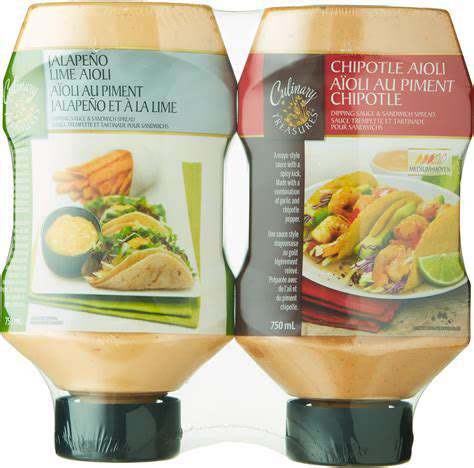
![Healthy Eating for Toddlers [Tips & Recipes]](/static/images/28/2025-05/FruitandVeggieFun.jpg)

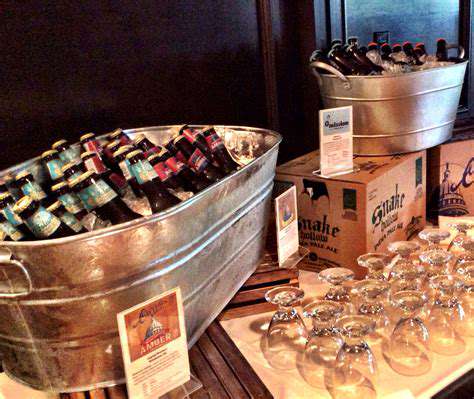
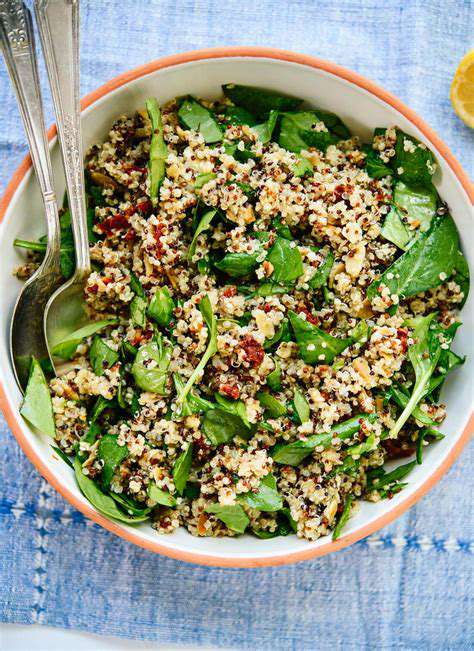


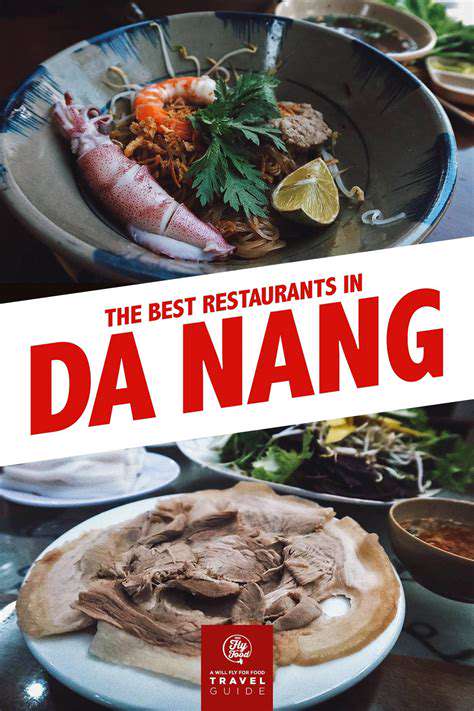
![Review: [Specific Type of Food, e.g., ramen] in [City] My Favorite Spot](/static/images/28/2025-05/MoreThanJustaMeal3ATheAmbianceandService.jpg)
